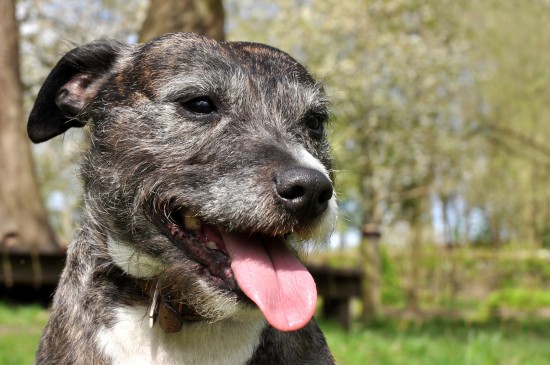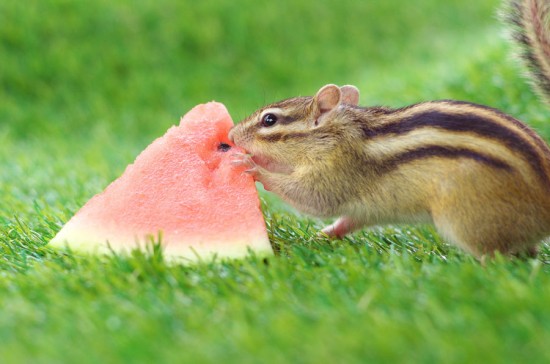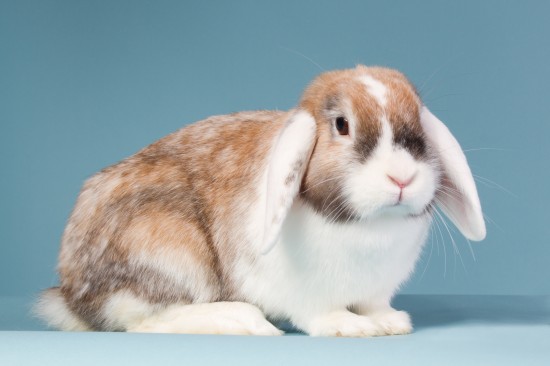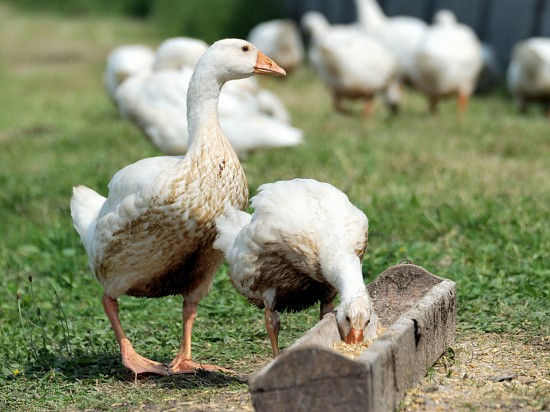
Mainly used for decorative purposes in water gardens and outdoor ponds, Koi, or Japanese carp are ornamental domestic varieties of the common carp. Although they are quite beautiful and hardy these fish are prone to Koi bacterial infection.
Five Ways Your Fish Can Get a Koi Bacterial Infection and How to Treat It
Mainly used for decorative purposes in water gardens and outdoor ponds, Koi, or
Japanese carp are ornamental domestic varieties of the common carp. Although they are
quite beautiful and hardy these fish are prone to Koi bacterial infection.
This occurs most often when they come in contact with Aeromonas or Pseudomonas
bacteria. These naturally occurring bacteria are found mainly in the water of ponds and
lakes. They do not exist in tap water because of the chlorine it contains.
However, if you fill your pond or water garden with tap water you will discover that the
bacteria can eventually be found in this water too. Once the chlorine evaporates
Aeromonas and Pseudomonas are quick to move in. Unfortunately they then have the
ability to cause Koi bacterial infection.
The good thing about these bacteria is that they don't cause much harm when found in
low quantities in a clean and healthy pond.
Also, the outer coating or epidermis of the fish protects them from infection. However,
harmful bacteria can infect your Koi when its epidermal layer is broken because then the
bacteria can penetrate it's outer cover.
Not only does it harm the fish already present in water, but can spread very rapidly too.
Commonly, when the Koi's dermis layer is exposed to bacteria, infection can start to
spread rather rapidly. This process takes place when flukes use their haptens, resembling
small fishhooks, to attach themselves, thus attracting harmful bacteria onto the surface of
the fish.
Another thing that can break the Koi's slime coat is a puncture or scratch from a sharp
object, such as a rock, that exposes it to bacteria.
The Koi can also be exposed to bacteria due to poor water quality or stress caused
through overcrowding or moving the fish from one pond to another.
So how can these infections be treated? If you are interested in trying some home
remedies you can follow the procedures below.
Koi bacterial infection can be present in wounds either smaller or larger in size.
Therefore separate procedures are followed to treat them.
When treating small sores use a paper towel to dry off the wound. Next, soak the sore in a
solution of hydrogen peroxide on a cotton swab for 30 seconds before you place the Koi
back in the water. You need to repeat this procedure for 3 consecutive days.
The treatment for larger sores is similar. The only difference being, after following the
same procedure and drying off the wound again, you need to apply a Debride Medicated
Treatment on the sores. This procedure also needs to be followed for 3 consecutive days.
However, if this treatment doesn't work effectively, you may need to seek the advice of
your veterinarian. You can also feed medicated food to help heal your fish faster. This
method may not always work, especially in fish very small in size.
This advice is for informational purposes and is not intended to replace proper medical
treatment by a licensed veterinarian when treating stubborn or severe cases of Koi
bacterial infection.
Article Tags: Bacterial Infection
 Is My Dog Suffering From Alzheimers?
Is My Dog Suffering From Alzheimers?
 Tips On How To Stop Your Dog Barking In The Car
Tips On How To Stop Your Dog Barking In The Car
 Adopt A Shelter Pet – What Steps Do You Need To Take?
Adopt A Shelter Pet – What Steps Do You Need To Take?
 What Dog Shelter Adoption Fees Cover, And Why They Are Charged
What Dog Shelter Adoption Fees Cover, And Why They Are Charged
 Wild, Feral, Tame And Domestic - The Difference Between The Four Terms
Wild, Feral, Tame And Domestic - The Difference Between The Four Terms
 Chipmunks - A Beginner’s Guide
Chipmunks - A Beginner’s Guide
 Septic Arthritis In Rabbits Explained
Septic Arthritis
Septic Arthritis In Rabbits Explained
Septic Arthritis
 The Pembroke Welsh Corgi And The Cardigan Welsh Corgi
The Pembroke Wels
The Pembroke Welsh Corgi And The Cardigan Welsh Corgi
The Pembroke Wels
 Keeping Geese - The Best And Most Natural Grass Control Ever
Keeping Geese - T
Keeping Geese - The Best And Most Natural Grass Control Ever
Keeping Geese - T
 Coping With Sibling Rivalry In Dogs
Coping With Sibli
Coping With Sibling Rivalry In Dogs
Coping With Sibli
 Eye Problems In Basset Hounds
Eye Problems In B
Eye Problems In Basset Hounds
Eye Problems In B
Copyright © 2005-2016 Pet Information All Rights Reserved
Contact us: www162date@outlook.com